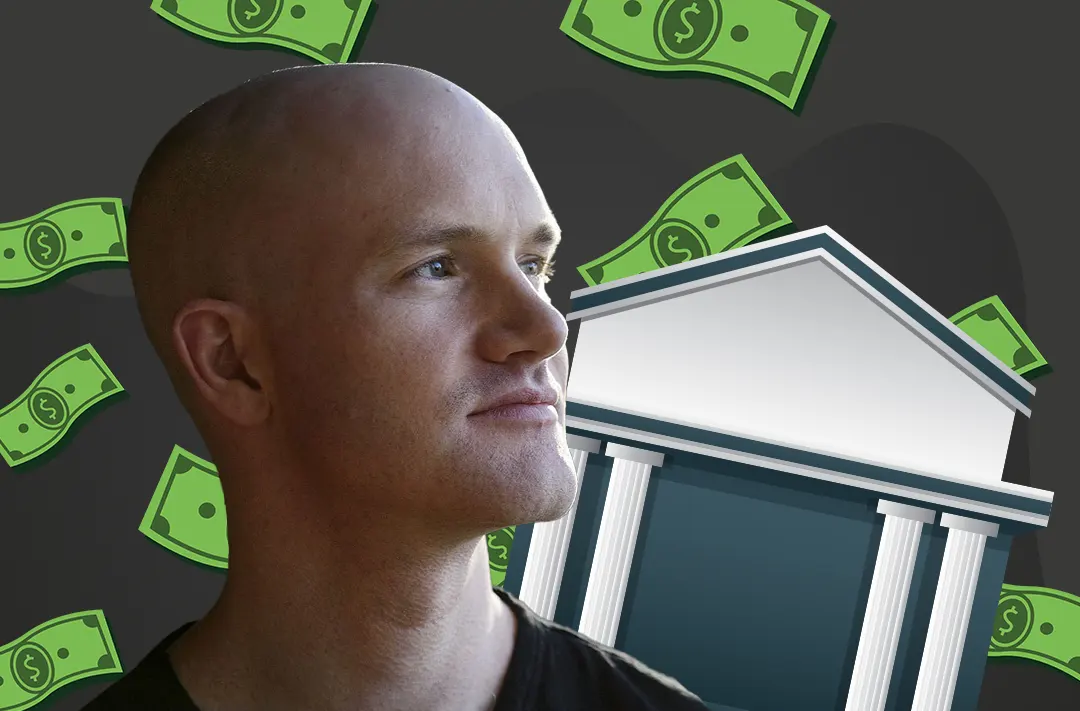Coinbase CEO calls USDC “de facto central bank digital currency” of the US
According to Brian Armstrong, the asset will overtake the market leaders and come out on top

04.11.2022 - 14:55
322
3 min
0
Crypto Winter has come for one of the most established companies in the industry. The giant exchange disclosed on Thursday that net revenue for the third quarter was down 28% from the previous one, and that retail and institutional trading volumes took major hits as investors move away from the volatile crypto sector.
San Francisco-based Coinbase did report a bright spot amid the losses: a category called “interest income,” filed under “Subscription and Services Revenue” in the SEC filing, rose to $101.8 million in the third quarter—a figure that is more than three times higher than the $32.5 million it posted in the second quarter, and which accounted for almost a fifth of total net revenue.
The interest income growth can be attributed to Coinbase’s holdings of USDC, a stablecoin pegged to the U.S. dollar, which Coinbase owns jointly through a consortium with Circle. USDC is backed 1 to 1 by reserves of cash and Treasury bills. As the Fed has raised interest rates with the hope of curbing inflation, Coinbase has been able to collect the revenue.
The company files the earnings under “interest income.” In an investor call this afternoon, Coinbase CFO Alesia Haas described the company’s USDC tie-up as one of the partnerships it has prioritized to diversify its offerings, just as the company has recently teamed up with other companies like BlackRock and Google.
During the call, founder and CEO Brian Armstrong praised USDC, saying that as different countries pursue central bank digital currencies, USDC will become the de facto central bank digital currency in the U.S.
“The policymakers in the U.S. will set the framework that need to be followed so that the private market will actually create the solutions, and USD coin has been on a really rapid rise,” Armstrong said. He predicted that it will become the largest in the world ahead of Tether, which is currently the largest stablecoin by market cap. USDC is third, behind Tether and Binance’s stablecoin, BUSD.
Armstrong also spoke to the regulatory uncertainty in the U.S., weighing in to the broader discussion over how DeFi, or decentralized finance, should be regulated—a discussion sparked earlier in October when FTX’s Sam Bankman-Fried called for the industry to be more accommodating of regulators.
Armstrong said that in an ideal world, the most promising piece of crypto legislation—the Senate’s Digital Commodities Consumer Protection Act—would be passed to add clarity to regulation around centralized exchanges, custodial services, and stablecoins, without addressing DeFi, although he acknowledged that it is becoming a hot button issue.
“The regulatory environment is one of the biggest unlocks we’re going to have in terms of growing this industry and perhaps even getting the prices to go back up in the right direction,” he said.
Sign up for the Fortune Features email list so you don’t miss our biggest features, exclusive interviews, and investigations.
This material is taken from the website https://fortune.com.
Useful material?
Trends
As of January 21, the capitalization of this sector of the crypto market exceeds $519 billion
Jan 21, 2025
Market
The platform generated $9,5 million in revenue during the same time
Jan 20, 2025
Market
Shares of the Trust are designed to track the market price of XRP with fewer fees and expenses
Jan 17, 2025
Market
The asset will allow USDT to move seamlessly between different blockchains
Jan 17, 2025
Market
Earlier, the community criticized the project for its lack of transparency, which led to a sharp drop in the HYPE token price
Jan 8, 2025
Market
Rising US Treasury bond yields are negatively affecting risk assets
Jan 8, 2025









 Telegram
Telegram  Twitter
Twitter